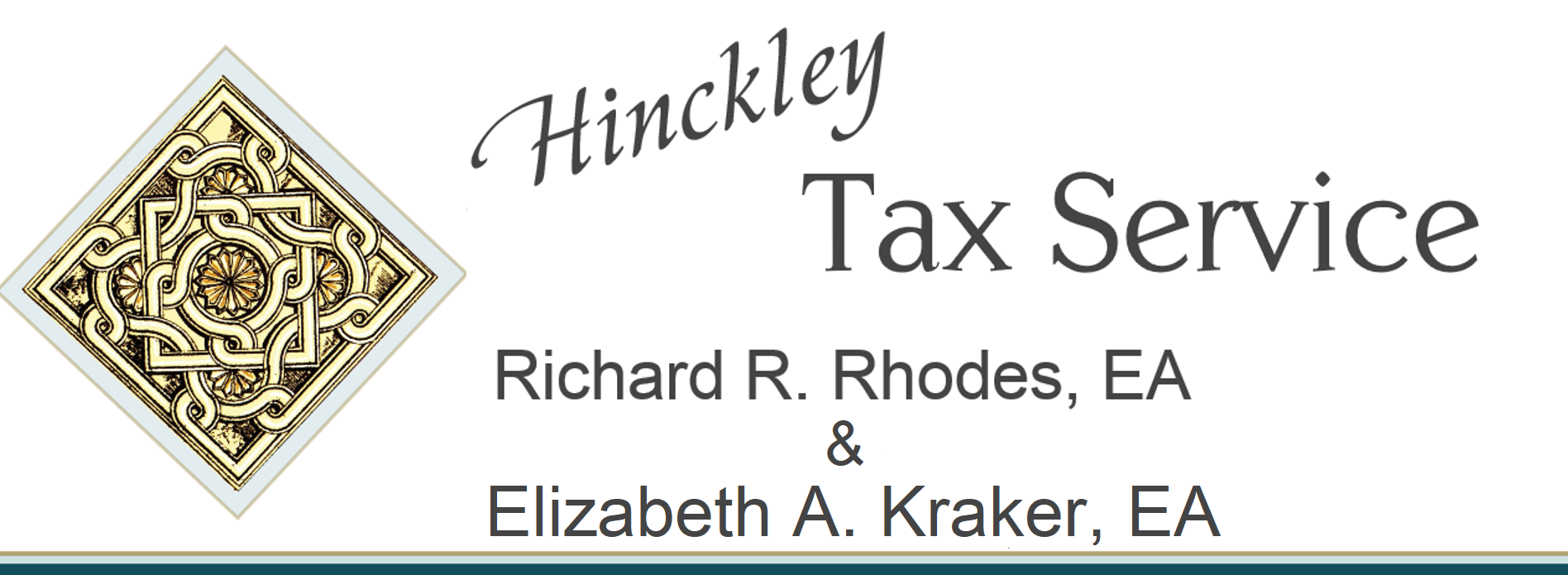Can you believe it? Three weeks until the May 17th deadline! You’ll forgive me if visions of vacation and beaches are dancing through my daydreams.
For many in Cleveland, daydreams like these become more frequent while contemplating retirement (not just surviving the craziest tax season to date) …
And whether your vision of retirement involves exotic beachfront locations, exploring new hobbies, or just hanging out with the grandkids, it’s something you’ve been looking forward to your entire life.
Two very important (and very related) questions that clients frequently ask us about their retirement planning and portfolio are:
- How much do I need to save for retirement?
- How much will I be able to spend in retirement?
And there are a few assumptions that have to be made to answer these questions.
Today, let’s explore those assumptions, and most importantly, see how these two questions are so intimately linked.
But first, a little bit of tax news you can use:
- If you get your health insurance through the government exchange, you are most likely getting a federal subsidy to help pay premiums. For 2020, you do not need to repay any excess Advance Premium Tax Credits that helped you pay your insurance premiums.
- The IRS is running behind on pulling Q1 estimated tax payments from accounts. Don’t fret if you haven’t seen yours pulled yet from an automatic withdrawal from your bank… they tell us that it’ll all be accounted for, and no penalties, etc. (But, best to keep your powder dry … you know, just in case. We’ll help with that if need be.)
If those in Cuyahoga County want to discuss their health care tax credits or capital gains (or deductible losses!) from crypto trading for 2020, let’s chat before the May 17th deadline: https://hinckleytaxservice.com/%E2%80%8B/schedule-a-call/
With that out of the way, let’s get back to dreaming about beautiful sunsets on the beach and watching Frozen 6 with the grandkids. (And I’ll be over here fighting off beachy visions of my own — until May 17th.)
A Great Retirement Planning and Portfolio Tip for Our Cleveland Friends
“The greater damage for most of us is not that our aim is too high and we miss it, but that it is too low and we reach it.” – Michelangelo
Your retirement planning and portfolio – combined with any pensions you’ll receive plus Social Security – will ultimately dictate the lifestyle you’re able to live in retirement.
Looked at another way, knowing how much you’ll need to withdraw from your retirement planning and portfolio every year can help you determine how much you need to save.
From either perspective, these are good numbers to know. As the old saying goes, failing to plan is planning to fail. So, how do Cleveland retirees or those planning for retirement go about making these determinations?
Safe Withdrawal Rates
Back in 1998, three finance professors at Trinity University in San Antonio, TX published what has become one of the most influential research papers in the history of investing. The purpose of the study was to figure out what percentage of a retiree’s total investment portfolio could be spent every year without ever running out of money. The goal was to establish a safe withdrawal rate that allowed the retiree a way to maintain their standard of living over the course of their retirement. In other words, annual spending needed to increase each year with inflation.
To do the math, our intrepid professors made several assumptions. They assumed retirements would last for periods of 15, 20, 25, or 30 years. They used real stock market returns between 1925 and 1996, examining every rolling 30-year period in that interval. Lastly, they analyzed a large number of different asset allocations, meaning the percentage of stocks versus percentage of bonds in the portfolio.
After putting all these numbers and assumptions into a giant abacus, these researchers determined that 4% of an individual’s retirement planning and portfolio could be withdrawn in the first year of retirement, the amount increasing every year by inflation, and not run out of money for 30 years.
Of course, their definition of “not running out of money” might be a bit concerning. They considered any particular 30-year period to be a successful retirement if there was at least zero money remaining at the end of the 30 years. Yep, zero remaining, as of the final day of the 30th year. That was OK to them. If the money ran out before then, it was considered a failure.
So, this is where the infamous 4% rule you may have heard about comes from. And it’s been debated endlessly ever since. Plenty of other studies have pinned the magic number closer to 3%, and few say even less. Some studies say 5%, and a few say even more.
While not accepted by everybody, and still heavily debated by academics, Internet pundits, and financial planners, the general, ballpark answer of around 4%, give or take, has withstood quite a bit of scrutiny. For all my Cleveland friends, let’s stick with the 4% rule.
Does your head hurt from the math talk? Great, let’s do some more!
Determining How Much You Need
All of this academic research gives us some useful insight. Let’s start with using the 4% rule of thumb to determine how much you’ll need to save for your retirement planning and portfolio. For the sake of simplicity, we’re going to ignore any pension you may end up receiving, and we’ll also pretend that Social Security doesn’t exist.
To determine how much you need to consider saving in your retirement planning and portfolio and maintain your current lifestyle, simply add up everything you spend in a year. Then, multiply it by 25 (which is the same as dividing it by 4%). It’s important that you do this with your living expenses, not your income.
Let’s say you spend $50,000 a year to live your current lifestyle, regardless of your income. In order to live that same $50,000 a year lifestyle, including adjusting for inflation, the 4% rule of thumb suggests that you’ll need to consider a goal of $1.25 million in your retirement planning and portfolio to retire.
Now again, we ignored pensions, Social Security, and quite a few other factors. But for a simple rule of thumb, this is a great starting point. This can help tell you whether you’re on track or not. We can help you calculate a more precise number next time we have a conversation, if you’d like to discuss that.
Determining How Much You Can Spend
If you’re getting close to retirement age, or perhaps even already retired, you may be asking a different question: How much can I spend based on what I have?
For example, let’s say you’re 60 years old and will have $300,000 saved up between a 401k and an IRA when you retire at age 62, the earliest age you can claim Social Security. If you anticipate living until age 92, your portfolio would provide $12,000 per year for you to live on using the 4% rule. If taking Social Security early gives you $1,000 per month, then together you’d have $2,000 per month to live on for the rest of your life.
While obviously an awkward topic of conversation, determining your life insurance needs is a critical component of smart financial planning and we want those of you in Cleveland to be prepared for it.
We would be happy to help you evaluate this need and also to connect you with an insurance agent we love who can help you with choosing a policy. Schedule a time to chat to make sure your family’s financial future is protected:
https://hinckleytaxservice.com/%E2%80%8B/schedule-a-call/
And remember: though there are beaches out there to be walked on … we are RIGHT HERE, in your corner, and available for your every tax and financial need.
Warmly,
Rich Rhodes

